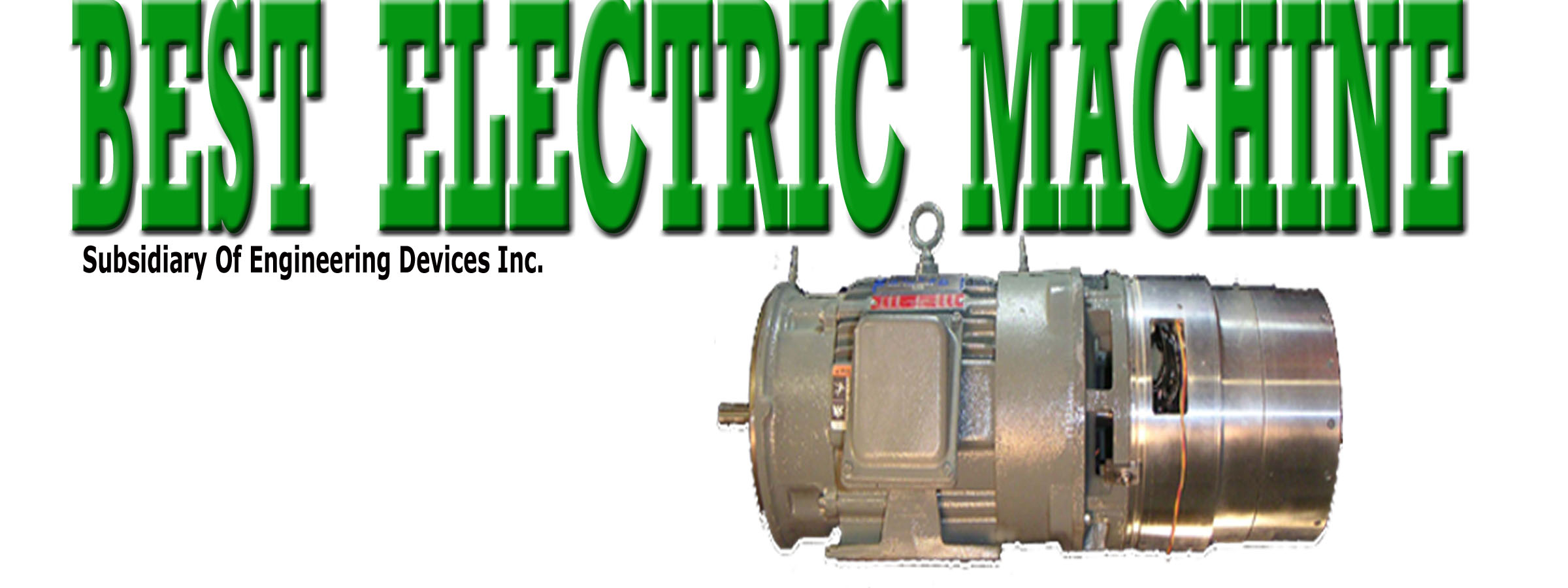
SYNCHRO-SYM Technologies
– BOTTOM LINE UP FRONT –
Our Mission:
Innovate For Our Clean, Efficient, and Sustainable Energy Future!
BOTTOM LINE UP FRONT (BLUF):
The electric machine (i.e., electric motor and generator) comprises two components, the rotor and the stator, which are separated by a bearing assembly supporting the magnetic flux density of the air-gap. The electric machine “system” comprises a third component, the electronic controller for practical or optimal operation with perhaps additional components, such as a speed reduction gearbox, cryogenic refrigeration, etc.
The classic 101 theoretical study of electric motors (or generators) begins with the optimal electromagnetic symmetry of two directly-excited multiphase winding sets or “active winding sets” (i.e., doubly-fed) placed on the rotor and stator, respectively, and as a result, both the rotor and stator contribute active power to the electromechanical energy conversion process but only by hypothesizing the invention of a brushless real time, sensor-less, emulation control means (BRTEC) during the study that automatically maintains contiguously stable synchronous operation, regardless of random line or shaft perturbations, from sub-synchronous to super-synchronous speed, including synchronous speed where slip induction ceases to exist or zero speed (see the classic two phase model study of Figure 1). While preserving the same electric motor footprint with the same continuous torque, air-gap flux density, voltage, and frequency of excitation design of the active winding set, the 101 study becomes the study for all other electric motors by deoptimizing the electromagnetic symmetry with the non-optimal asymmetry of a “passive” rotor with either slip-induction windings, rotor saliencies, rare-earth permanent magnets (RE-PM), or DC field windings and an “active” stator with the directly-excited multiphase winding set (i.e., singly-fed) under a derivative of field oriented control (FOC) or direct-torque control (DTC) for stable operation to about synchronous speed (i.e., singly-fed asynchronous electric machine) or at absolute synchronous speed (i.e., singly-fed synchronous electric machine). The basic purpose of the rotor is to establish the air-gap magnetic flux density by closing the magnetic circuit of the core but unlike an “active rotor,” a “passive rotor” reasonably waste half of the total electric machine real-estate, cost, and loss, including frictional and core loss, by not contiguously contributing an additional increment of active power to the electromechanical energy conversion process along with the universally essential active stator.
With the invention of BRTEC overcoming the difficulties of provisioning a directly-excited multiphase winding set on the moving rotor, the fully electromagnetic (no RE-PMs) “symmetric” multiphase wound-rotor “synchronous” doubly-fed electric machine system, as only provided by SYNCHRO-SYM, has twice the contiguously stable constant-torque speed or maximum load speed (MLS) within the same packaging and with the same continuous torque, pole-pair count, voltage and frequency of excitation as the “asymmetric” electric machine system of all others (i.e., 7200 RPM at 60Hz one pole-pair versus 3600 RPM), which equates to twice the power, twice the power density, half the cost, half the loss per unit of package power rating, as was proven by a century of classic electric motor and generator study, research, and publication. Also, peak torque can reach factors higher than any other electric machine system, because the symmetrical dual-ported transformer topology with active winding sets on the rotor and stator, respectively, avoids core saturation by neutralizing torque MMF generated flux on each side of the airgap, which is the only enabling segway to gearless electric transportation. If better performance enhancing techniques or technologies become available, such as packaging, material, winding, thermal management, electronic control component, superconductors, manufacturing, etc., which all other electric motor systems are limited to use for enhancing their performance over others, SYNCHRO-SYM will double again the expected performance gain (and octuple the peak torque gain) by the active power magnification of two active winding sets within the same packaging of all other electric machine systems with the asymmetry of a single active winding set on the stator only. Note: As a contiguously synchronous operating SYNCHRO-SYM should never be confused with the so-called wound-rotor “induction” doubly-fed electric machine system, which has stability issues at or about synchronous speed where slip-induction ceases to exist.
.
Today: Only SYNCHRO-SYM “Total System” Power Density reaches over 60 KW/L, Specific Power reaches over 16 KW/Kg, and Efficiency reaches over 96% at only 4000 RPM and 1.25T with typical performance enhancing techniques, with the compounding size, loss, and cost of the electronic controller “extraordinarily” included, but without precious rare-earth permanent magnets or superconductor electromagnets!
Tomorrow: Only SYNCHRO-SYM will continue to double the advertised performance gain and octuple the peak torque gain of any present or future packaging and performance enhancing techniques available to all other electric machine systems by “uniquely” enabling the rotor to be an additional “active power” contributor to the electromechanical energy conversion process along with the universally essential active stator! When superconductors become a practical reality, the fully electromagnetic SYNCHRO-SYM will be the electric motor system of choice!
Soon: When fabrication is completed (circa late 2024), MOTORPRINTER will eliminate the typical, highly capitalized, exploited labor, industrial factory for electric motor manufacture while providing inhouse, just-in-time, additive manufacture of any size SYNCHRO-SYM with seamless incremental production scaling!

